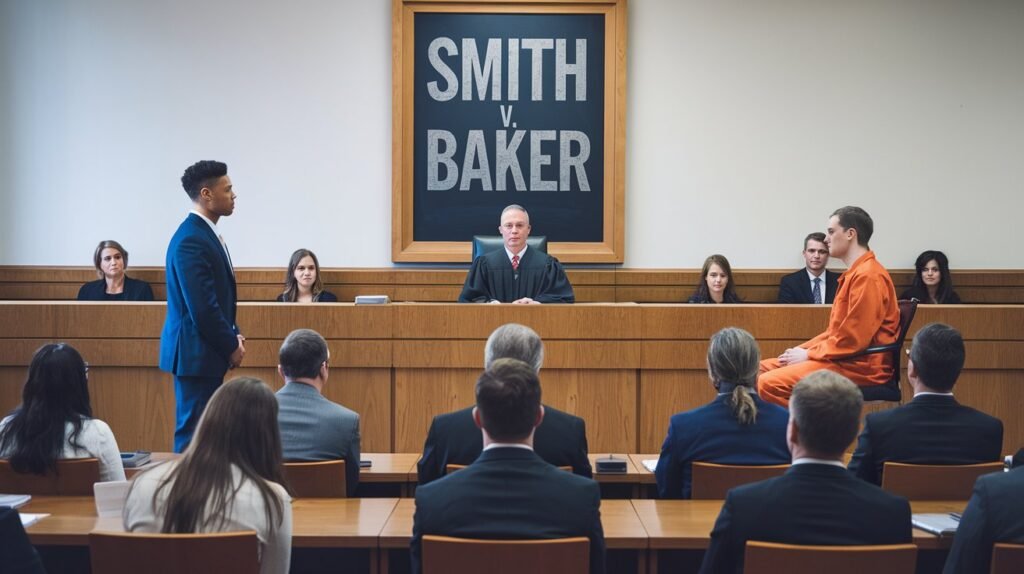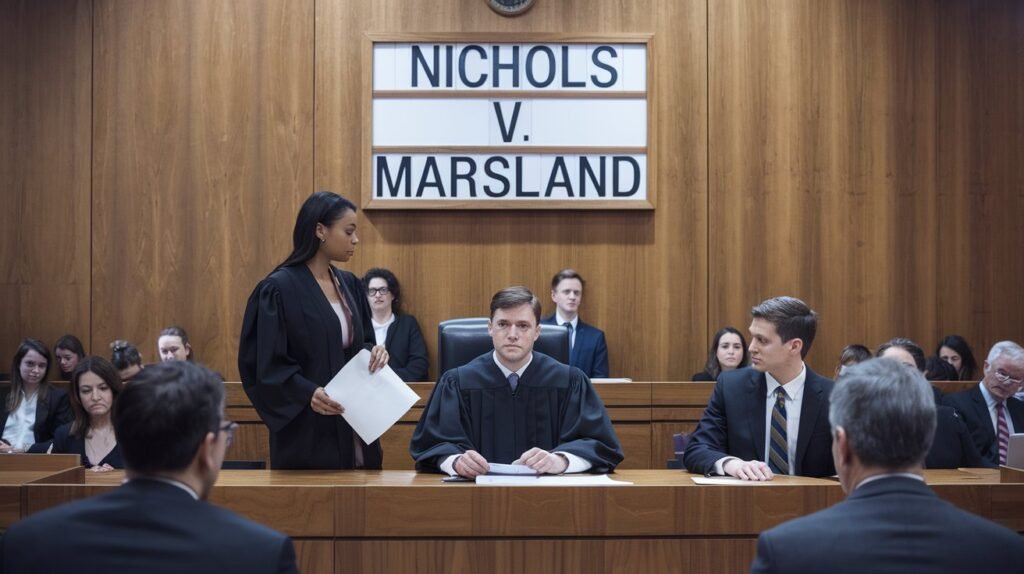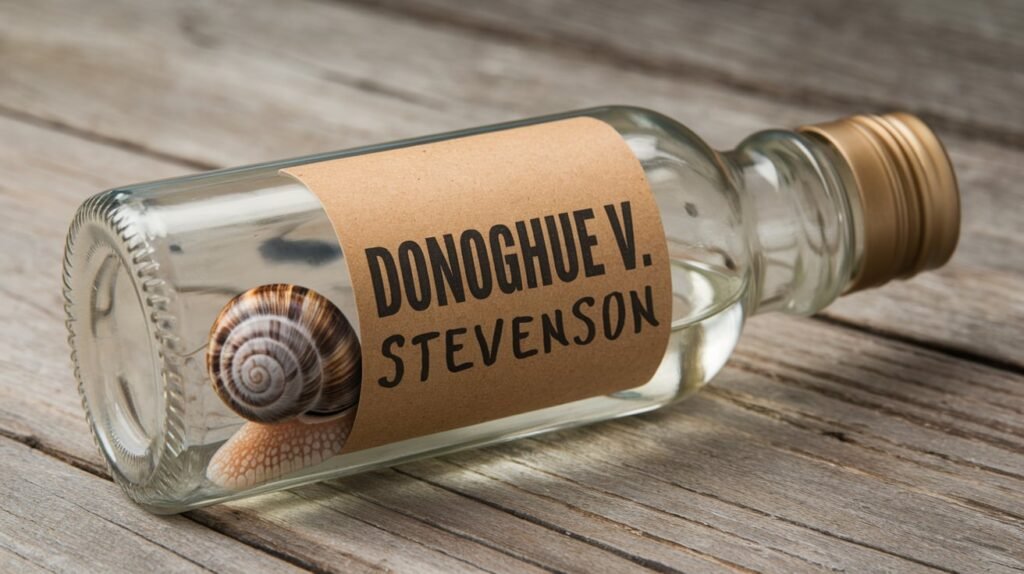Donoghue v. Stevenson 1932 (Case Summary)

In Donoghue v. Stevenson, the House of Lords established one of the foundational principles of modern tort law – the “neighbor principle.” This case laid the groundwork for the concept of negligence, determining that individuals owe a duty of care to avoid acts or omissions that could reasonably harm others. It is widely regarded as a landmark case that expanded the scope of liability in tort law.It is also known as Snail in the Bottle Case.
Table of Contents
ToggleFacts of Donoghue v Stevenson
- Mrs. Donoghue visited a café with a friend, he plaintiff, Mrs. Donoghue, consumed ginger beer purchased by her friend
- The ginger beer came in an opaque bottle, and after consuming some of it, Mrs. Donoghue discovered a decomposed snail in the bottle.
- She claimed to have suffered shock and severe gastroenteritis(A condition characterised by irritation and inflammation of the stomach and intestines. This causes diarrhea, vomiting and nausea) as a result of drinking the contaminated ginger beer.
- Mrs. Donoghue sued Stevenson, the manufacturer of the ginger beer, arguing that the manufacturer had a duty to ensure the product’s safety.
- Stevenson argued that there was no contractual relationship between him and Mrs. Donoghue, as she had not purchased the product directly.
Issues framed
- Whether the manufacturer (Stevenson) owed a duty of care to the ultimate consumer (Donoghue), despite the lack of any direct contract between them?
- Whether a manufacturer could be held liable in negligence for harm caused by defects in their products to end consumers?
Judgment of Donoghue v Stevenson
The House of Lords applied the principle of negligence, considering whether the manufacturer owed a duty of care to the consumer. The “neighbor principle” was introduced, which defined a neighbor as anyone who could be directly affected by one’s actions.
Lord Atkin, in his famous judgment, introduced the neighbor principle, stating that “you must take reasonable care to avoid acts or omissions which you can reasonably foresee would be likely to injure your neighbor.” This meant that Stevenson, as the manufacturer, had a duty of care to Mrs. Donoghue to ensure that his product was safe for consumption.The court held that Stevenson, as the manufacturer, owed a duty of care to Mrs. Donoghue, the ultimate consumer of the product. The absence of a direct contractual relationship did not absolve Stevenson of this duty.
The House of Lords held that Stevenson, as the manufacturer, owed a duty of care to the ultimate consumer, Mrs. Donoghue, even though there was no direct contractual relationship between them. The Court ruled in favor of Mrs. Donoghue, establishing that manufacturers have a responsibility to ensure their products do not harm consumers. This case became the foundation of the modern law of negligence.





